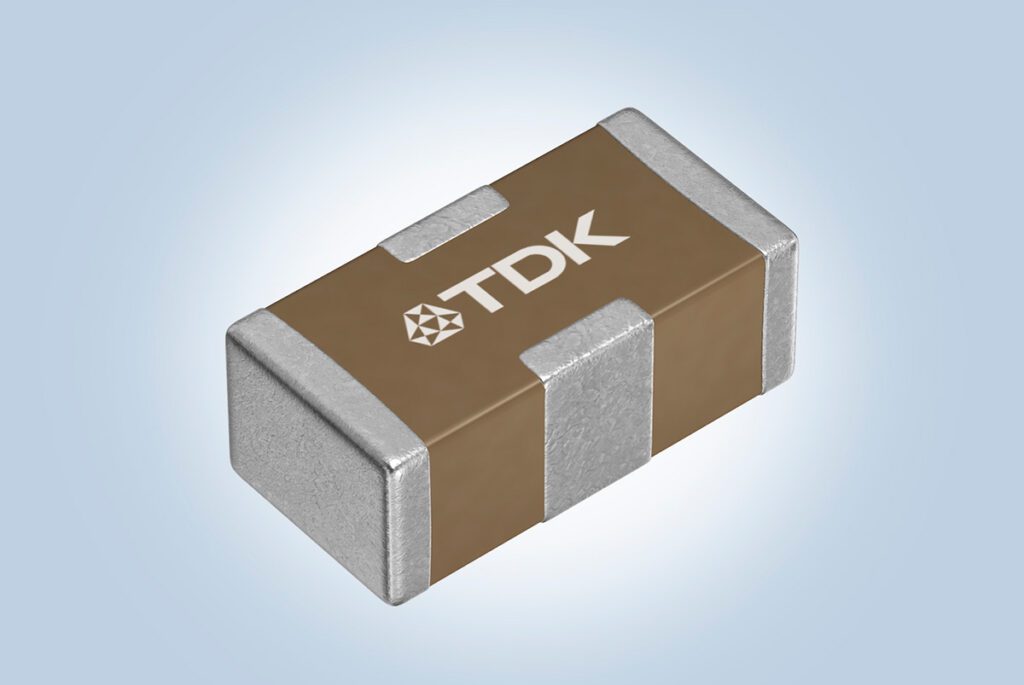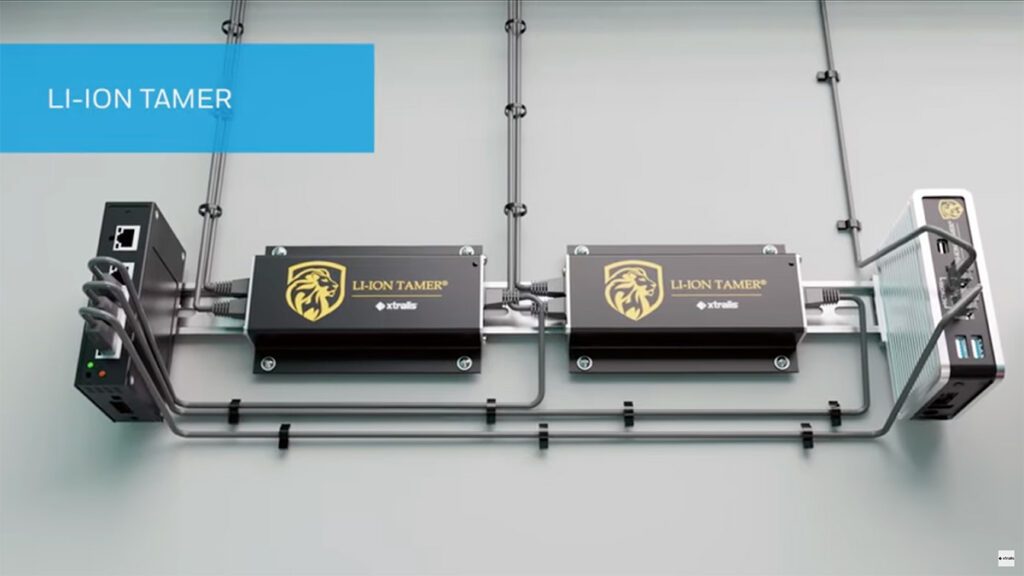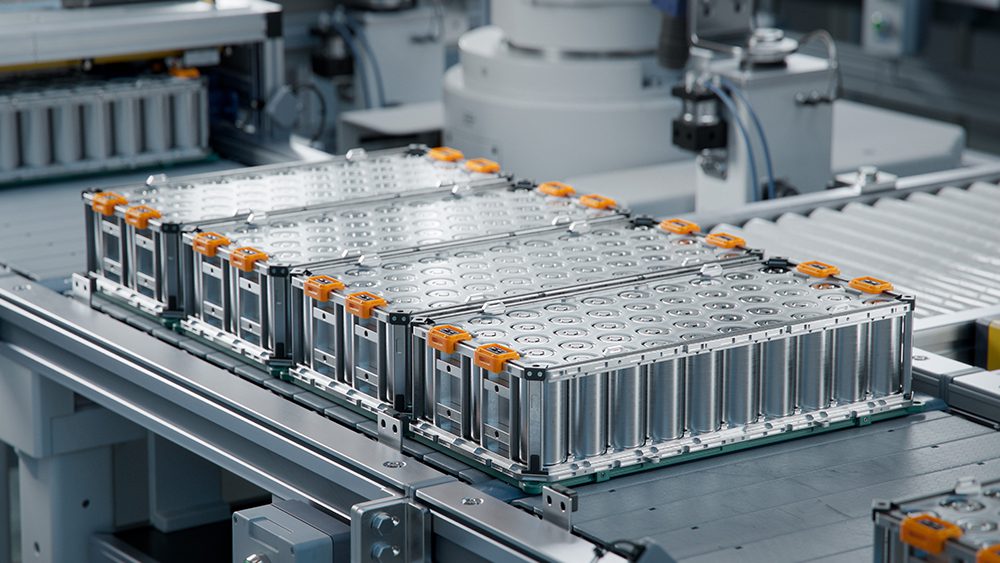Automobiles are trending towards electric power – but what about their counterparts in the sky?
Jet fuel and aviation gasoline are very energy-inefficient, but they have one big advantage: they’re lightweight. Every gram matters in the aerospace industry. That’s why electrifying an aircraft is so difficult: although batteries would be much more efficient than jet fuel, they also weigh much more, so an electric plane would have to use more energy to stay airborne. The more batteries you add, the more energy you need.
This is a difficult problem to solve, but it’s not insurmountable, according to new research from University of Illinois aerospace engineers. In an attempt to understand the flight performance of a hybrid-electric aircraft, the researchers developed two hypothetical hybrid-electric drivetrains and conducted simulations of their performance.
The simulations represented the flight of a twin-engine Tecnam P2006T aircraft with varying hybrid-electric parameters. The flight involved take-off, cruise, descent, and landing, with enough energy in reserve to adhere to FAA regulations. The researchers ran simulations that varied the levels of hybridization, battery specific energy density and electric motor power density, and observed the resulting ranges and fuel efficiencies.
 This figure shows the a) parallel and b) series drivetrain models
This figure shows the a) parallel and b) series drivetrain models
The researchers concluded that for certain scenarios – extremely short-range missions – the hybrid-electric drivetrain can result in substantial increases in fuel efficiency compared to the aircraft’s baseline (without the hybrid-electric drivetrain). This is a good start, but a pretty big limitation. However, the researchers predict that near-term improvements in battery energy density will greatly improve the range of a hybrid-electric aircraft.
“For example, the propulsion system today could be configured to have 25 percent of its propulsive power come from an electric motor,” said researcher Phillip Ansell. “However, it would only be able to fly about 80 nautical miles. Fast-forward to projections for lighter battery technologies for roughly the year 2030 and the same aircraft could fly two-and-a-half to three times as far.”
Source: University of Illinois



















































































